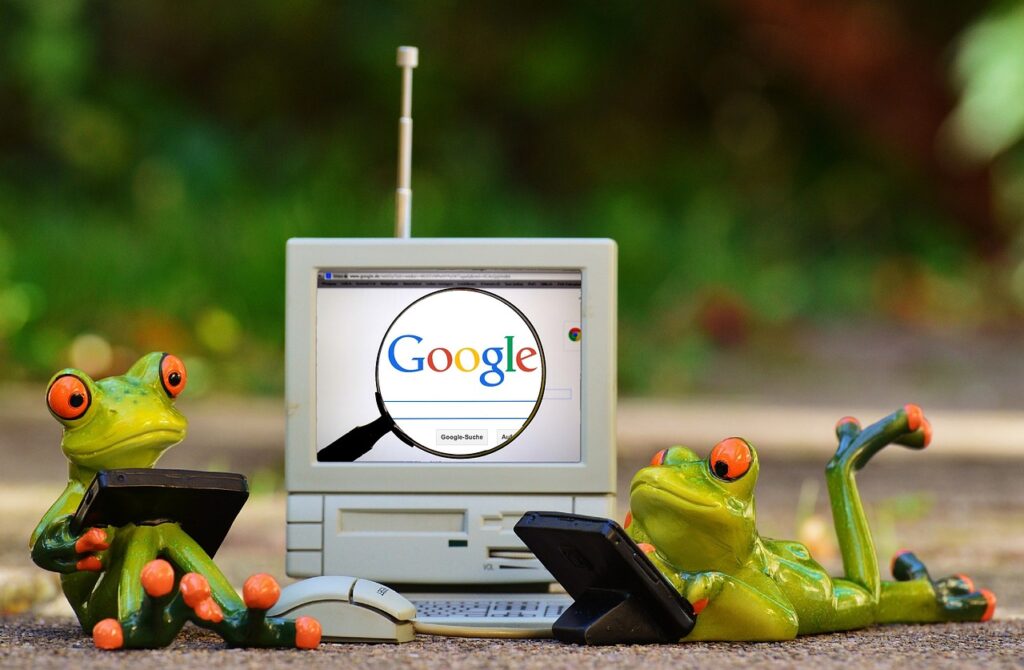In the digital age, data collection is a vital component of various projects, whether you’re running a survey, conducting an event registration or collecting feedback. Google Forms is a popular tool for creating and distributing surveys and forms. It becomes even more powerful when you integrate QR codes. In this article, we’ll explore the simple steps to generate QR codes for your Google Forms. Also making it easier for respondents to access your forms and boosting your data collection efficiency.
Create Your Google Form
If you’re looking to use QR codes with Google Forms, there are a few steps you’ll need to follow. Here’s a step-by-step guide based on the information from the search results:
- Sign in to your Google account and navigate to Google Forms (forms.google.com). Create your Google Form and customize it according to your needs.
- Copy the URL of your Google Form.
- Visit a QR code generator (for example OpenQR) for Google Forms. Unfortunately, there is no native QR code generator in Google Forms, so you’ll need to use a third-party site for linking a QR code to your Google Form.
- Paste the URL of your Google Form into the QR code generator.
- Generate the QR code.
- Download and save the QR code.
- Share the QR code with your audience:
Print: Add the QR code to physical materials like posters, flyers, or business cards.
Online: Embed the QR code on your website or share it through social media.
Email: Include the QR code in email communications.
Using a QR code for your Google Form can make it easier for people to access and fill out your form, especially in an offline setting. It’s also a great way to collect feedback, RSVPs, or schedule appointments. QR codes can be added to different collaterals, such as posters, emails, or business cards, making it easier to share your form across multiple viewpoints. By following these steps, you can create a QR code for your Google Form and increase your response rate and numbers.
Benefits of using QR codes with Google Forms
Using QR codes with Google Forms can provide several benefits, including:
- Efficient event surveying: QR codes can be used to collect data from attendees at events, trade shows, or conferences. By placing QR codes at your booth or event location, attendees can scan the code and fill out your form, making it an organized and seamless way of collecting information.
- Easy participation: QR codes make it easier for people to access and fill out your form, regardless of what type of device they are using. All participants have to do is scan the QR code, and they’ll be taken directly to your form.
- Audience reach: QR codes can be shared virtually anywhere, from social media posts to printed flyers, expanding your form’s visibility. This can help you reach a larger audience and increase your response rate.
- User experience: QR codes enhance user experience by making form filling faster and more convenient. Users simply scan the code and fill out the form on their device. There is no need to type in a long URL or navigate multiple web pages.
- Versatility: QR codes can be added to different collaterals, such as posters, emails, or business cards, making it easier to share your form across multiple viewpoints. By using QR codes, you can make your sharing process easier and more efficient.
- Track and Analyze: ability to track their performance. By using a QR code generator with analytics features (Dynamic QR Code), you can monitor how many people have scanned your QR code, providing valuable insights into your audience’s engagement.
Overall, using QR codes with Google Forms can streamline the data collection process, increase response rates, and improve user experience.
Integrating QR codes with Google Forms is a smart move, streamlining the data collection process and improving the user experience. Whether you’re running a marketing campaign, organizing an event, or conducting surveys, QR codes can significantly enhance the accessibility and convenience of your Google Forms. Give it a try, and witness the transformation in your data collection efforts.
